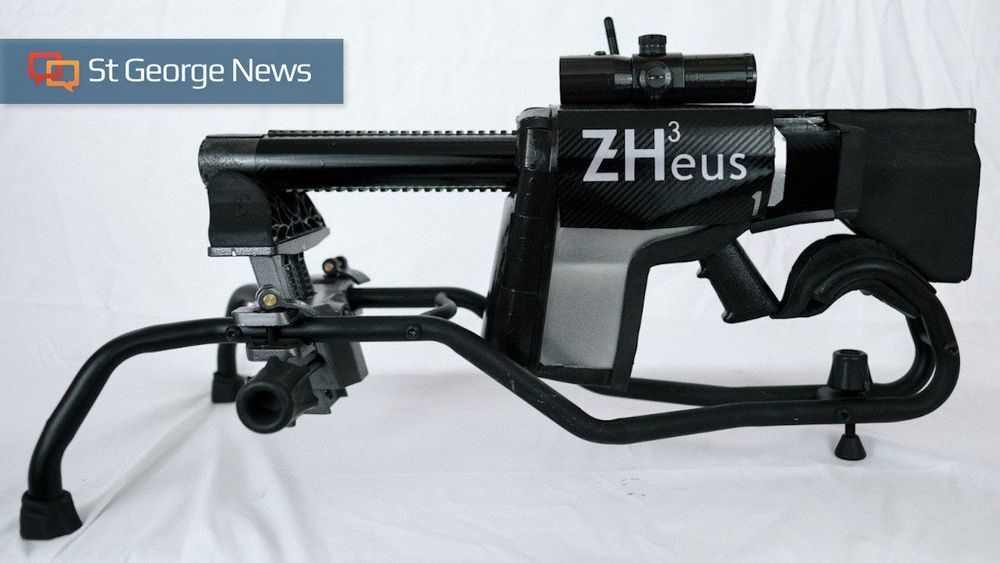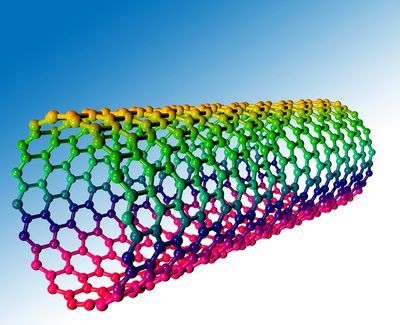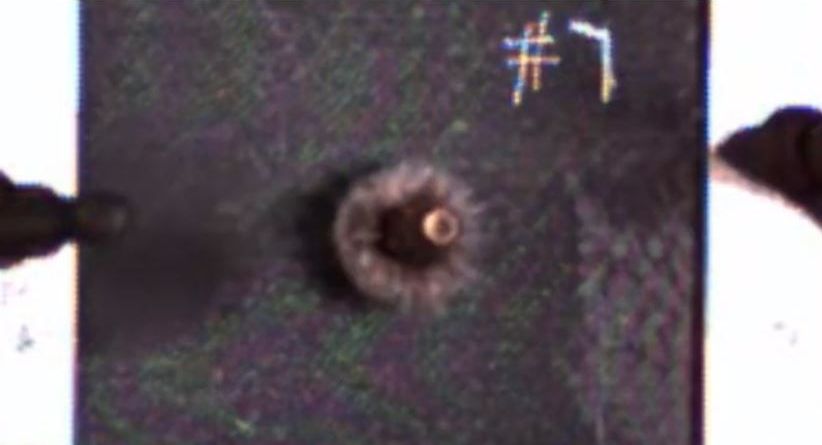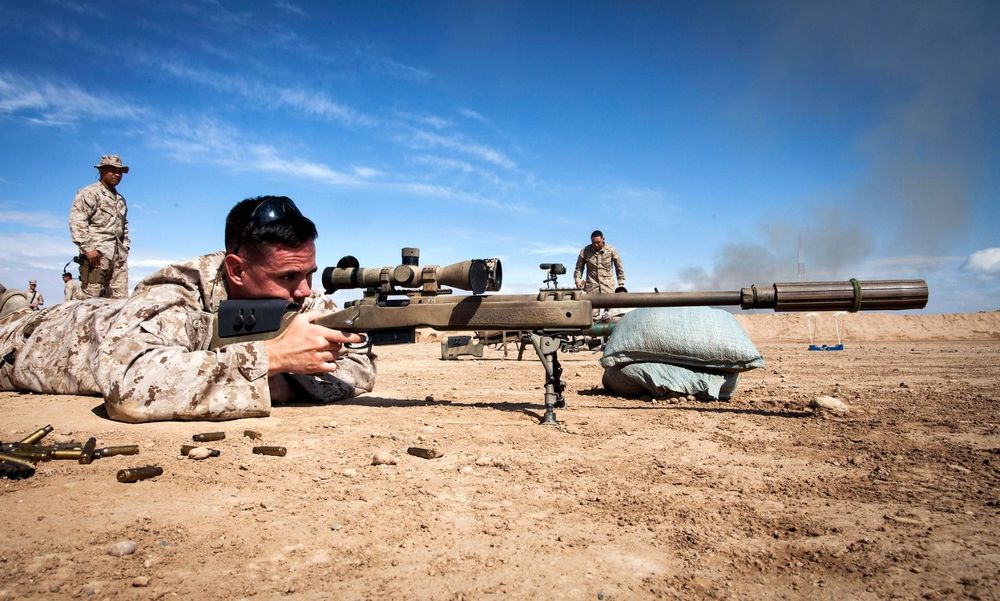ST. GEORGE — An invention that could lead to the end of gunpowder is not just an idea — it’s already been used in a real-world military mission.
Priced at $1 million, ZHeus 3 is not a gun; it’s a “platform” that has taken Harvester, a St. George-based inventor, 15 years to design. Harvester could not release his full name because he still has a commitment to national security.
The idea for this invention, along with an improved armor, began some 15 years ago when Harvester’s best friend died in his arms after being shot during an Air Force mission. The bullet shot straight through his friend’s bulletproof vest and kept going.









